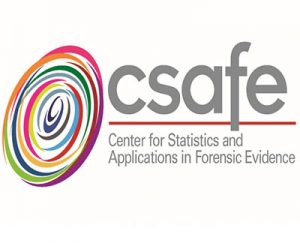Asks Jackie Rocheleau in a piece in Gizmodo, beginning by describing the case of Timothy Bridges in which an analyst claimed there was a one in 1,000 chance that another Caucasian person could have the same head hair as the defendant.
“That was a totally invented number,” Christopher Fabricant, director of strategic litigation at the Innocence Project and co-counsel for Bridges’ case, told Gizmodo. “That was routinely done in hair microscopy. They learned from the FBI to overstate conclusions.”
The district attorney vacated Bridges’ conviction – due to the unscientific hair microscopy testimony – and new DNA analysis showed that the DNA did not belong to Bridges. He had spent over 25 years in prison.
“In crime labs, there has not been any research culture,” Sandra Guerra Thompson, a University of Houston law professor and founding member of the center’s board of directors, told Gizmodo.
To rectify that, the Houston lab created a blind testing program in 2015. The quality-control division develops mock cases and evidence samples that they submit along with genuine work to test the analysts’ abilities. “A few years down the road, they’re going to be able to say statistically what is the error rate for their work,” said Thompson, which, in theory, is critical to expert testimony.

